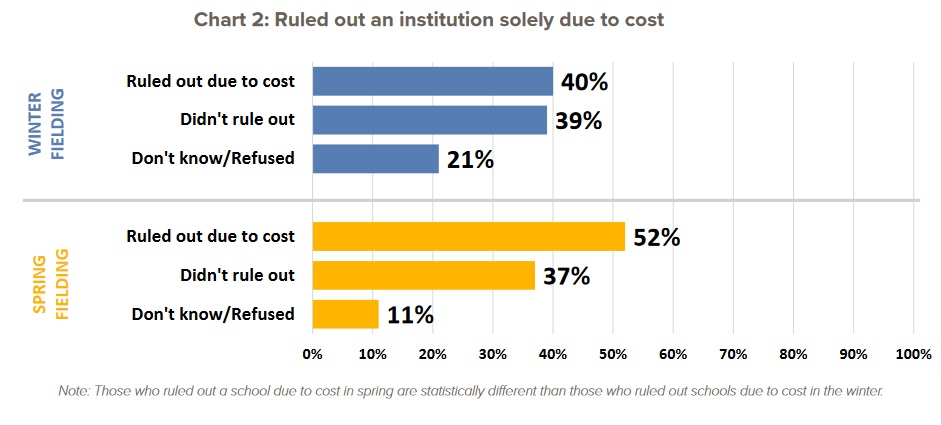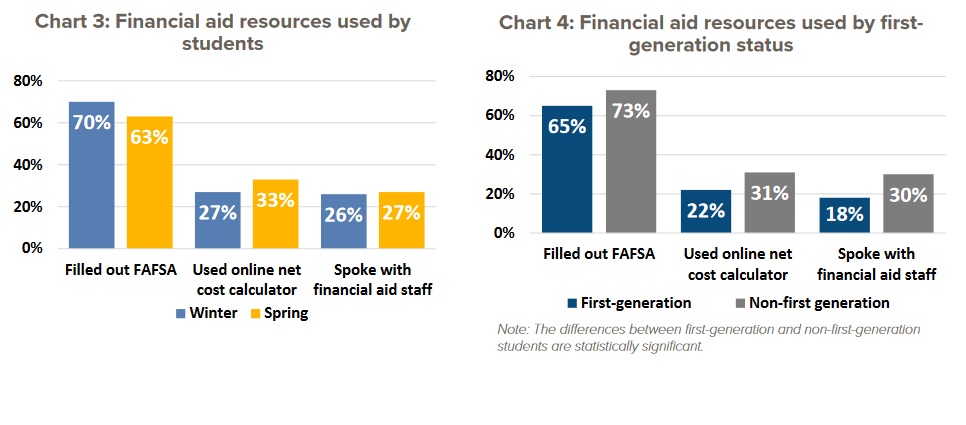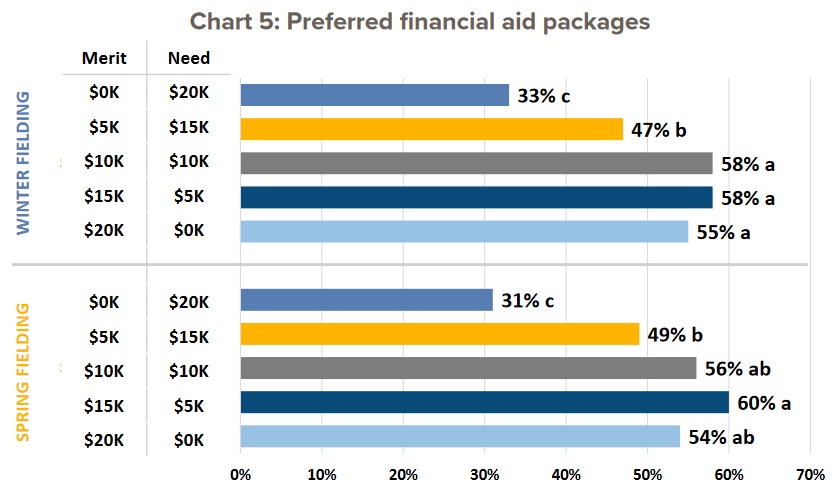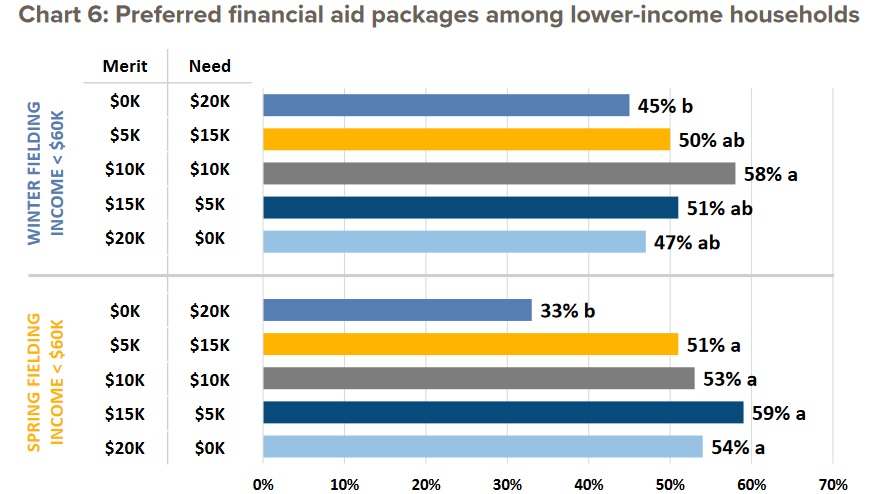Is cost really a top consideration when students apply for college? Late last year, the Art & Science Group (ASG) conducted a survey of high-school seniors to gain insight into this very question. Given that college debt is a growing issue in this country, how much weight do applicants really place on the cost of university attendance?
ASG’s survey consisted of two samplings of nearly 4,000 high-school seniors, one in January and February 2023 and one in May-July. The findings were encouraging, in the sense that many students wisely consider cost to be the top factor when applying to a school.
To determine the importance of tuition cost, the survey aimed to answer three questions:
1. Are students ruling out colleges based on cost alone?
2. Are students utilizing available tools and resources to learn about cost and financial aid?
3. Does the mix of need- and merit-based aid matter to students?
Intriguingly, cost became a weightier consideration for students as they got closer to making their college decisions. According to ASG, “40 percent of students ruled out colleges due to cost in the winter,” while 52 percent did so in the spring.

The spring polling also found that students considered cost to be as important as academic quality and whether or not a particular major was offered by the schools they had in mind. All of these were found to be top considerations and to outweigh questions of safety, location, social life, school rankings, school size, and athletics.
Cost became a weightier consideration for students as they got closer to making their college decisions.While many students “self-report[ed] that cost is not only important but can also be the sole determinant of their application and enrollment decisions,” the survey also found that a student’s perception of a school’s academic and social offerings is important, as well. In other words, the “college experience” is still enticing to applicants and can impact where they apply.
The survey found that, while a majority of respondents completed a Free Application for Federal Student Aid (FAFSA), other resources, such as online cost calculators and conversations with financial-aid staff, were much less frequently utilized. Unfortunately, the survey also revealed that students who stand to benefit most from these resources, specifically low-income and first-generation students, were less likely to take advantage of them.

When applicants compared financial-aid packages, even low-income students agreed that a mix of need- and merit-based aid was most appealing. Both the winter and spring surveys found that, when presented with various mixes of need- and merit-based aid, over 50 percent of respondents preferred an even split or slightly more aid based on merit. It would seem that most students prefer to feel as though they have earned their aid by achievement rather than being given it strictly on the basis of need.


As with any major decision, there are a multitude of factors to consider when thinking about universities. For prospective college students, the cost of attendance is one factor of many. While ASG’s survey did find cost to be a top consideration (and at times a determining factor), it also made clear that cost cannot be a university’s only concern when figuring out how to attract new students. Yet colleges and universities could improve how they educate prospective students about cost, financial-aid resources, and scholarships.
It is encouraging to see that students are taking the cost of college into serious consideration. Yes, college is more than just a price tag, and there are many unique opportunities that individual schools can provide, but starting out a career hundreds of thousands of dollars in debt is not ideal for anyone—especially those going into lower-earning fields. Refraining from simply getting caught up in an institution’s marketing is a prudent move.
Ashlynn Warta is the state reporter for the James G. Martin Center for Academic Renewal.

